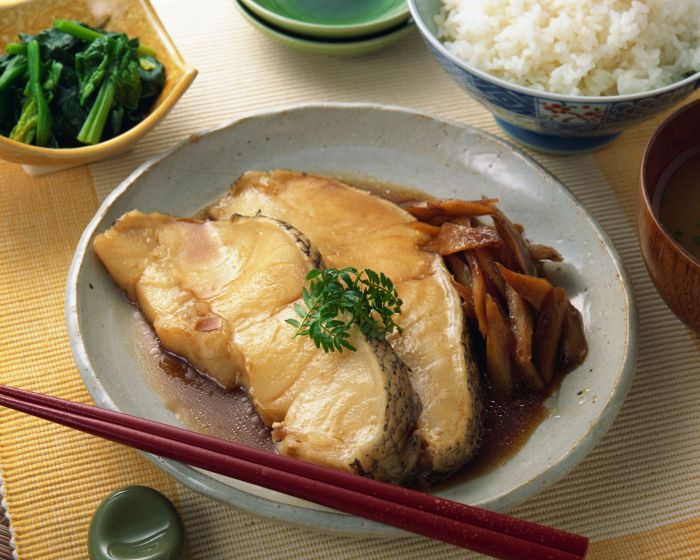Introduction
Japanese cuisine is known for its delicate flavors and meticulous preparation techniques, especially when it comes to cooking fish. Whether you’re a seasoned chef or a beginner in the kitchen, learning how to cook fish Japanese style can elevate your culinary skills and impress your guests. In this article, we will explore the tips, techniques, and recipes for cooking fish the Japanese way.
Tips for Cooking Fish Japanese Style

1. Choose the freshest fish possible: In Japanese cuisine, freshness is key. Look for fish that has clear eyes, shiny scales, and a fresh sea smell.
2. Use traditional Japanese seasonings: Soy sauce, miso, mirin, and sake are common ingredients in Japanese fish dishes. These seasonings add depth of flavor and umami to the dish.
3. Learn how to properly fillet fish: Japanese chefs are skilled at filleting fish to remove bones and achieve clean, even cuts. Practice your knife skills to ensure your fish is prepared properly.
When it comes to enhancing your living space, one important aspect is how to decorate window shades. You can find useful tips and creative ideas on how to decorate window shades to bring a touch of elegance and style to your home.
4. Pay attention to presentation: Japanese cuisine values aesthetics, so take the time to arrange your fish dish beautifully on the plate.
What is Known About Japanese Fish Cooking
Japanese fish cooking is deeply rooted in tradition and culture. The Japanese have mastered the art of preparing fish in a way that enhances its natural flavors and textures. Whether it’s sushi, sashimi, or grilled fish, each dish is carefully crafted to showcase the freshness and quality of the fish.
Solution for Cooking Fish Japanese Style
To cook fish Japanese style, you will need to invest in high-quality ingredients and utensils. Start by selecting a fresh fish, such as salmon or mackerel, and gather traditional Japanese seasonings like soy sauce, mirin, and sake. Follow traditional recipes or experiment with your own creations to develop your skills in Japanese fish cooking.
Have you ever wondered how to decorate window shades to add a touch of elegance to your home? Check out this amazing guide on how to decorate window shades for some creative ideas and inspirations. Let your windows reflect your unique style and personality with these simple yet effective tips.
Detailed Information on Cooking Fish Japanese Style: How To Cook Fish Japanese Style
When cooking fish Japanese style, it’s important to pay attention to the details. From the way you slice the fish to the temperature of the grill, each step in the process contributes to the final dish. Experiment with different cooking methods, such as steaming, grilling, or frying, to discover new flavors and textures.
Describe in Depth How to Cook Fish Japanese Style
One traditional Japanese fish dish is teriyaki salmon. To make this dish, marinate salmon fillets in a mixture of soy sauce, mirin, sake, and sugar. Grill the salmon until it’s cooked through and glazed with the teriyaki sauce. Serve the salmon with steamed rice and a side of vegetables for a complete meal.
Conclusion
Cooking fish Japanese style is a rewarding experience that allows you to explore new flavors and techniques in the kitchen. By following traditional recipes and incorporating fresh, high-quality ingredients, you can create delicious Japanese fish dishes that will impress your family and friends. Experiment with different seasonings and cooking methods to develop your skills and discover the beauty of Japanese cuisine.
FAQs

1. What is the best type of fish to use for Japanese cooking?
2. How can I ensure my fish is fresh when purchasing it?
3. Are there any vegetarian alternatives to traditional Japanese fish dishes?
4. What are some common mistakes to avoid when cooking fish Japanese style?
5. How can I incorporate Japanese cooking techniques into my everyday meals?
